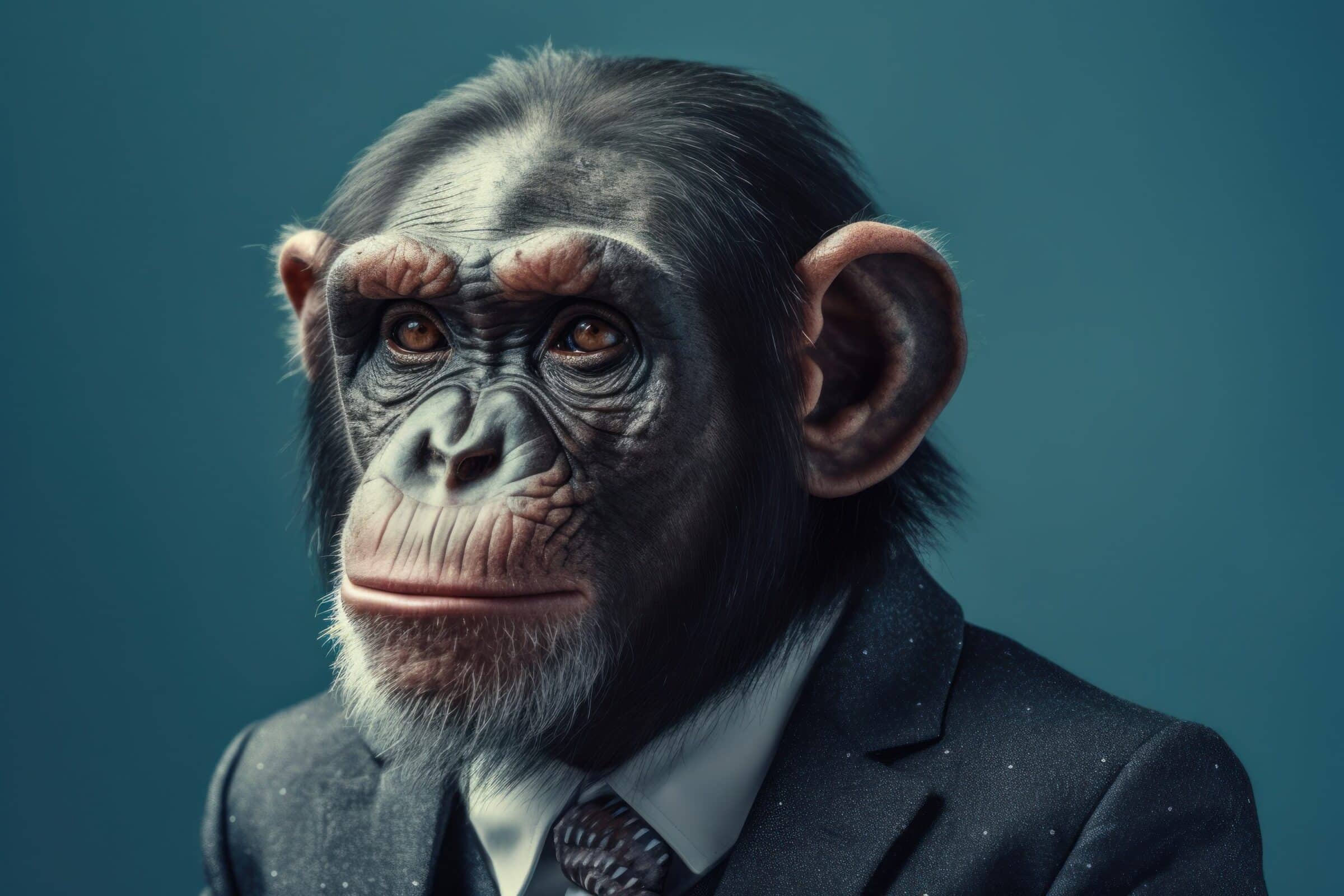I’m not sure whose observation this was,1 but it’s true. If you see a headline that poses a question that can be answered with a yes or no, the answer is almost invariably NO. Case in point, Live Science has the headline, “Do humans and chimps really share nearly 99% of their DNA?”
You don’t need to read further than that to know where this might be headed. It often happens that the mainstream media report things that we have been saying over and over, but as if it were original to them. So, in the case of human-chimp genetic identity, Dr. Casey Luskin and other Science and Culture writers have been reporting on the implications of a 2025 Nature article that revealed, if you dig way down deep, that the endlessly repeated evolutionary “1 percent difference” icon is a falsehood.
You Don’t Say…
The subhead at Live Science says, “The frequently cited 99% similarity between human and chimp DNA overlooks key differences in the genomes.” Well, well, you don’t say… Reporter Clarissa Brincat goes on to tell much the same story that Casey Luskin did. She cites a variety of “experts,” but not Dr. Luskin, who broke the story to begin with. Rendering him a ghostly presence in the background of her article, she writes:
But the 99% figure is misleading because it focuses on stretches of DNA where the human and chimp genomes can be directly aligned and ignores sections of the genomes that are difficult to compare, Tomas Marques-Bonet, head of the Comparative Genomics group at the Institute of Evolutionary Biology (CSIC/UPF) in Barcelona, Spain, told Live Science in an email.
Sections of human DNA without a clear counterpart in chimp DNA make up approximately 15% to 20% of the genome, Marques-Bonet said. For example, some bits of DNA are present in one species but missing in the other; these are known as “insertions and deletions.” In the course of evolution from a common ancestor, some pieces of DNA in one species broke off and reattached elsewhere along the chromosome.
So, while earlier studies suggested a 98% to 99% similarity, comparisons that include harder-to-align regions push that difference closer to 5% to 10%, Marques-Bonet said. “And if we account for the regions still too complex to align properly with current technology, the true overall difference is likely to exceed 10%,” he said.
In fact, a 2025 study found that human and chimpanzee genomes are approximately 15% different when compared directly and completely. But if this direct method is used, then there is even a lot of variability within species themselves — up to 9% among chimpanzees, the 2025 study found. [Emphasis added.]
That would be the 2025 Nature study that was the centerpiece of Luskin’s reporting. The only reference to our work is a linked article in German, which links again to a translation, that instead of fairly crediting us, slurs us (e.g., “creationists,” the “evangelical think tank Discovery Institute,” also false).
You Don’t Have to Like Intelligent Design
She further echoes Casey Luskin:
The differences between human and chimp genomes lie mostly in noncoding DNA, the segments that do not code for a specific protein and that make up about 98% of the genome, according to Pollard.
Differences in noncoding DNA have a big impact. While coding DNA contains the instructions for protein building, “regulatory regions” found in noncoding DNA control how, when and where these proteins are made, Marques-Bonet explained. They act like switches, controlling whether a gene is turned on or off.
That’s why a small tweak in the genome, especially in these regulatory regions, can ripple out into large differences in traits.
Look, you don’t have to like intelligent design, but spare us the deceptive put-downs and, please, give credit where credit is due. Would anyone know that the 1 percent icon has finally fallen, if we hadn’t broken the story? It seems not.
Notes
- It might have been Spencer Klavan.








































